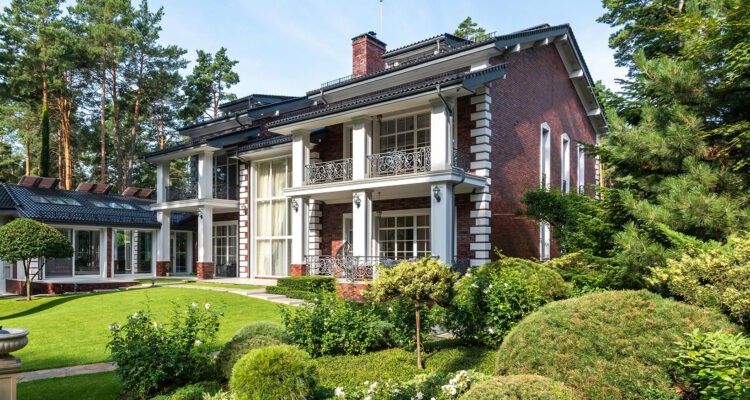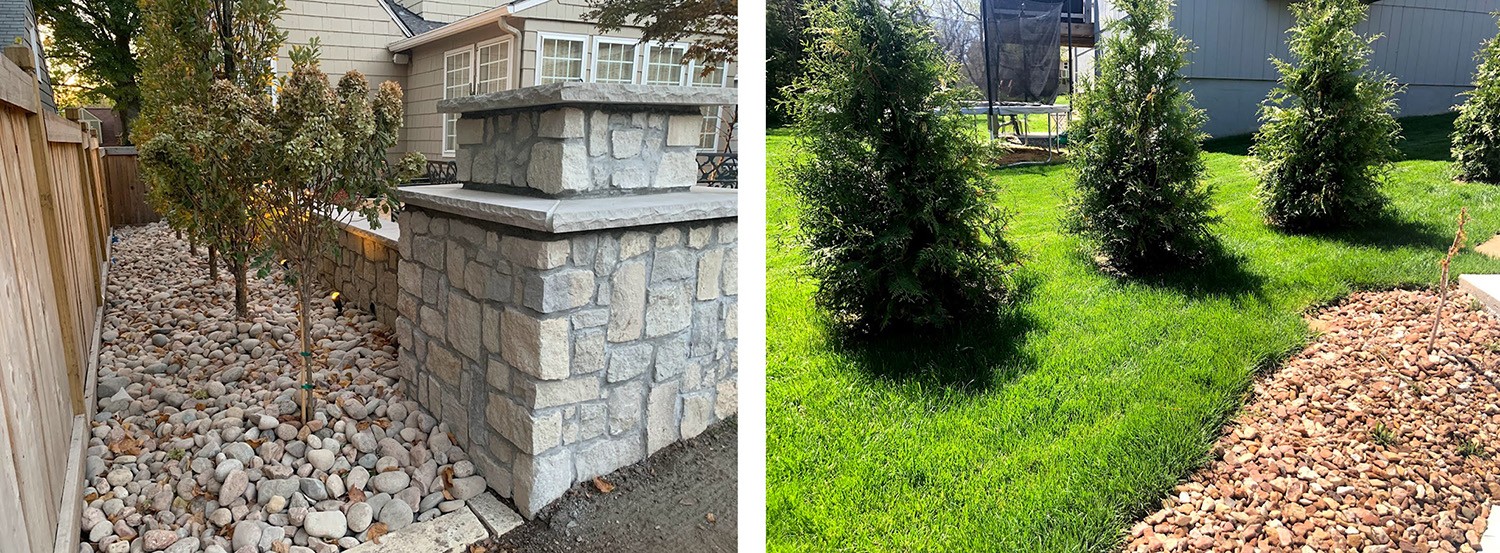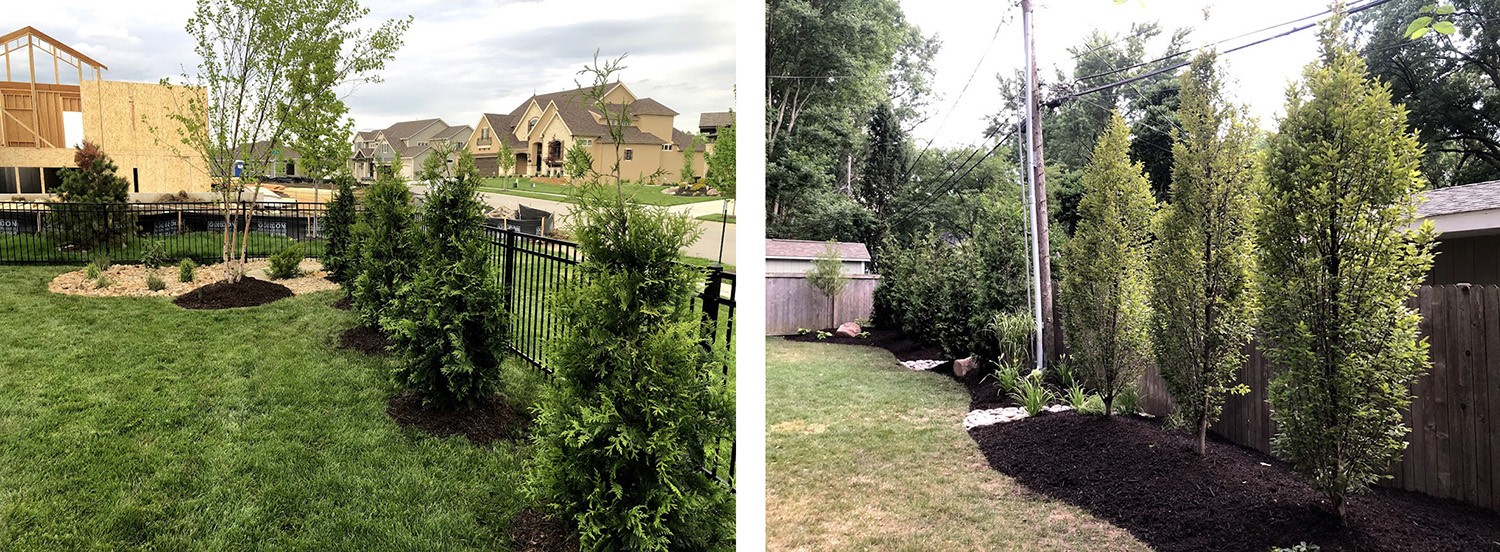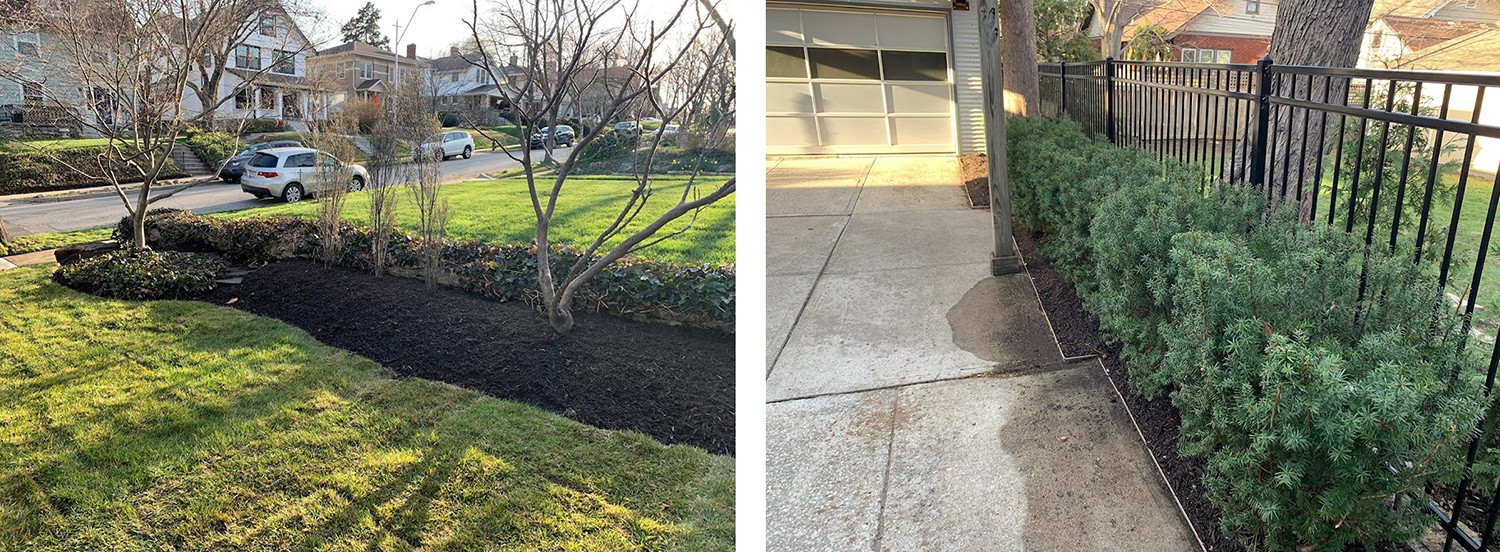Elevate your garden’s aesthetics and privacy with the allure of natural walls.
Story by Ann Butenas | Photos courtesy of Michael Ashley Landscape Architecture
In an era where urbanization and modernity often dictate the landscape, the allure of natural elements in our surroundings remains undeniable. As homeowners seek solace and privacy within the confines of their yards, the age-old concept of natural walls, comprised of stone structures, lush trees, and dense bushes, has emerged as a timeless solution. These earthy barriers provide seclusion and security and bestow an air of rustic charm and tranquility upon outdoor spaces.
We spoke with Mike Ashley of MALA Landscape who shared his expertise on incorporating natural walls into your yard, unlocking their potential to enhance privacy, foster biodiversity, and elevate the aesthetics of your outdoor haven. Discover how these living and constructed elements can transform your property into a secluded sanctuary where nature and architecture merge in harmony.
KCH&S: What are the key considerations when choosing between traditional fences and natural walls, such as trees and shrubs, for enhancing yard privacy?
MALA: Fences primarily serve security purposes, acting as barriers to keeping animals and children inside or outside a designated area. On the other hand, natural borders, such as berms, mixed trees, plants, or rows of evergreens, are designed to function as buffers or screens, mitigating noise and providing a more aesthetically pleasing and environmentally friendly solution. These natural elements not only add to the beauty of a landscape but also serve to create a peaceful and tranquil environment by dampening sound and enhancing privacy.
KCH&S: Can you recommend specific plant varieties that thrive in creating effective natural walls while maintaining an attractive appearance year-round?
MALA: In Kansas City, the Green Giant Arborvitae is the top choice for creating effective screens. Initially planted as individual trees, they rapidly develop into a robust screen within five years. Another noteworthy option for screen plants is the Burkwood Viburnum, known for its fragrant white blooms and year-round leaf coverage, shedding leaves only in January. Switchgrass is an excellent choice for ornamental upright grass, growing up to 16 inches wide and four feet tall with minimal maintenance required. Additionally, the Taylor Juniper offers a modern aesthetic, as it is tall and slender, making it an appealing choice for contemporary landscapes.
KCH&S: How do natural walls, compared to traditional fencing options, contribute to biodiversity and ecological balance in a garden?
MALA: Natural walls provide essential shelter for plants and animals during storms, offering refuge to a variety of species, including birds and butterflies. Additionally, strategically placing dirt at the base of these walls can create berms, elevating plant life and enhancing biodiversity within the ecosystem.
KCH&S: Are there any maintenance or care requirements unique to natural walls that homeowners should know?
MALA: Creating a berm with layers of materials like arbor vitaes and switchgrass requires patience, as it typically takes 3-5 years for the vegetation to grow in fully. Initially, some weeding and mulching will be involved, but this maintenance diminishes with each passing year. Once established, the chosen plants are low maintenance, with switchgrass and arbor vitae requiring minimal care. A boxwood hedge demands a bit more attention, needing about three prunings per year, but overall, the long-term maintenance is minimal for a thriving and sustainable landscape.
KCH&S: Can you share some creative ideas for incorporating natural walls into smaller outdoor spaces, like patios or balconies, to maximize privacy and beauty?
MALA: Integrating boulders into berms with perennials will introduce vibrant splashes of color and create an enchanting ambiance around patios. It is advisable to incorporate seat walls, typically around 16”-18” tall, for added comfort and aesthetics. Consider the mature width and height of the chosen plants to ensure they stay within their designated spaces. Be mindful of trees like crab apples that shed debris and plants like Rose of Sharon that attract bees. For a burst of color, black-eyed Susans are a great choice, and many appreciate the visual appeal of blonde ambition grass in their landscaping designs.









